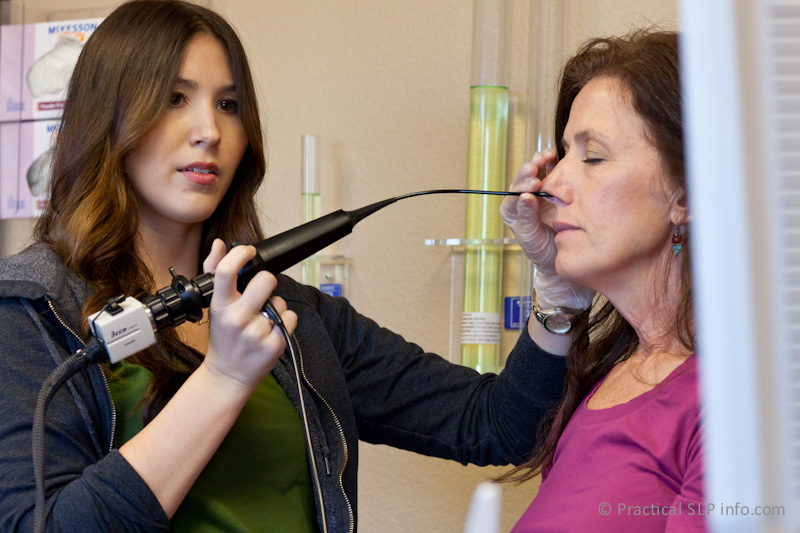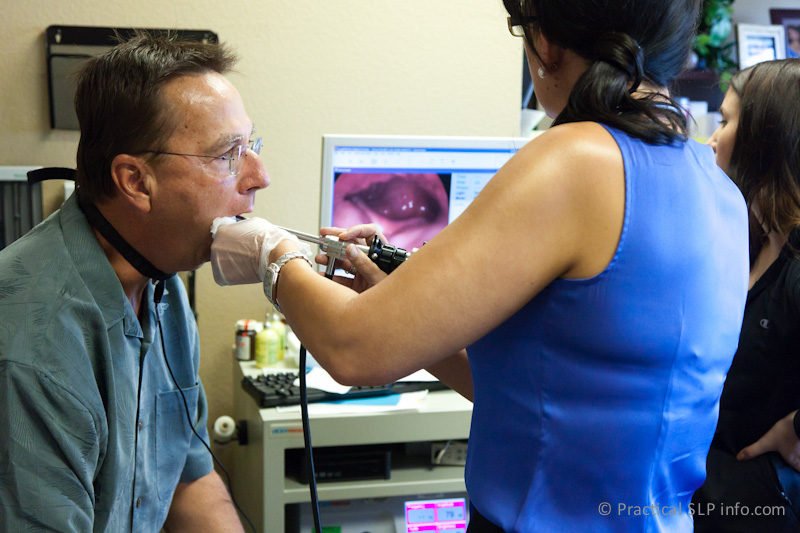“Silent Reflux”
It is possible to be experiencing reflux without the presence of any notable symptoms. In this practice, there are characteristic changes in the throat that signal the likely presence of laryngopharyngeal reflux. After an endoscopic examination of your throat, you may be informed of the potential for some notable changes to be caused by reflux even without having any usual symptoms. As reflux can lead to potentially serious health effects, your doctor will likely choose to treat your reflux, even if you have no complaints in this regard. Further testing will be arranged to determine if reflux is contributing to the examination findings as well as determine how significant a reflux issue you may have.
Evaluating Reflux
There are characteristic changes to certain structures in the throat that are strongly associated with reflux. In this practice, endoscopic examination is the typical means of examining the throat and determining if laryngopharyngeal reflux may be occurring.
Flexible Fiberoptic Endoscopy
In this practice, it is very common for laryngopharyngeal reflux to be diagnosed following flexible endoscopic examination of the larynx/pharynx. For this examination, a nasopharyngoscope is passed through the passageway of the nose into the throat. The endoscope allows for visualization of the structures of the throat, in this way, assessing the overall health and status of the various structures. In some cases, you may referred for closer assessment of the larynx (voice box) using Stroboscopy.
Stroboscopic Examination
Stroboscopy is an endoscopic procedure that utilizes advanced technology to closely examine the larynx. During this examination procedure a rigid endoscope is utilized in combination with strobe lighting. This allows for magnified imaging of the larynx and surrounding structures as well as for direct visualization of the vocal cords during vibration.
Many times, clinical changes indicating worsening, stability or improvement in the condition of the laryngeal structures are best assessed with stroboscopic examination. For this reason, your reflux may be monitored with periodic stroboscopy.
Esophagram - Barium Swallow
In some cases, a more comprehensive evaluation is indicated to better identify the exact nature and severity of reflux. An esophagram or "barium swallow" is a common procedure to better identify issues within the esophagus that may be contributing to reflux. This test is performed by a radiologist using fluoroscopy while liquid barium is swallowed. The movement of the barium through the esophagus helps the radiologist evaluate how well the esophagus is working as well as if there is a hiatal hernia present. This test does not identify a problem with acid reflux but it can help in better understanding the nature of reflux in a patient.
Esophageal Manometry
A comprehensive reflux evaluation will use esophageal manometry to identify how well the esophagus is working, including the two sphincter valves on each end of the esophagus. Over the course of 10 swallows of saline, a pressure catheter is used to precisely measure the strength of the esophagus during the swallow. The opening/closing function of both the upper and lower esophageal sphincters is also measured. This provides detailed information your doctors will use to best manage reflux.
24 Hour Reflux Test
This test is the best way to understand how much of a reflux issue exists. A probe placed in the esophagus records all reflux activity over the course of 24 hours. This information is used to determine how best to manage the reflux problem to help ensure your long-term health in this regard. This is the most diagnostic and helpful test in understanding a reflux issue.



